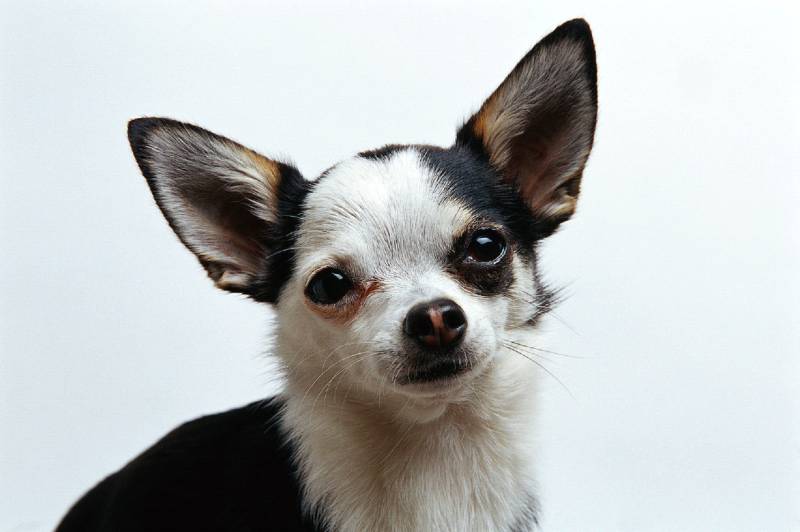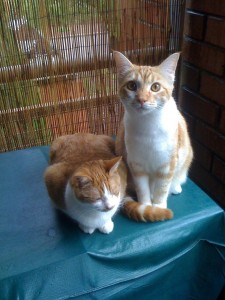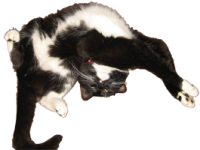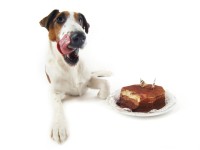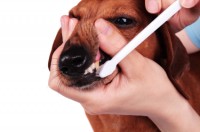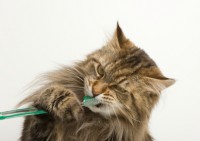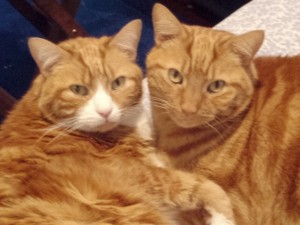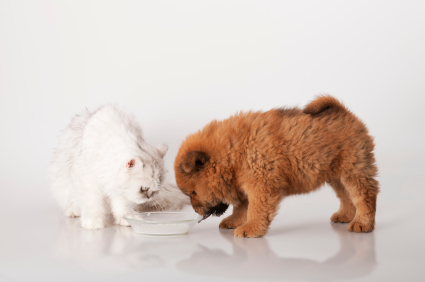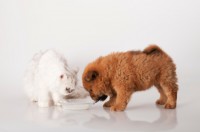Dogs affected with haemorrhagic gastroenteritis (HGE) vomit and pass diarrhoea with blood in it. It develops rapidly and sometimes owners just find their dog collapsed.
HGE is more common in small breeds of dogs. A very high red blood cell concentration, measured as the packed cell volume, PCV, or haematocrit is characteristic of HGE. Most normal dogs have hæmatocrits of 37-55%. Dogs with HGE have hæmatocrits over 60%.
We don’t know the exact cause of HGE.
We rule out other causes of vomiting and bloody diarrhoea while we start emergency treatment for HGE. These causes include stomach ulcers, trauma, worms, other gut parasites, gastrointestinal tumours, intestinal obstruction, foreign bodies, parvovirus, and coagulation disorders.
Dogs with HGE are very ill and if left untreated die. In most cases, it runs its course in a few days with intravenous fluid therapy to combat the dehydration and shock. We give other treatments like antibiotics, anti-ulcer medication and corticosteroids as indicated.
If intravenous fluid therapy is not given the haematocrit continues to rise and the blood becomes so thick that it can hardly flow. A clotting disorder called disseminated intravascular coagulation develops which is often irreversible and fatal.

